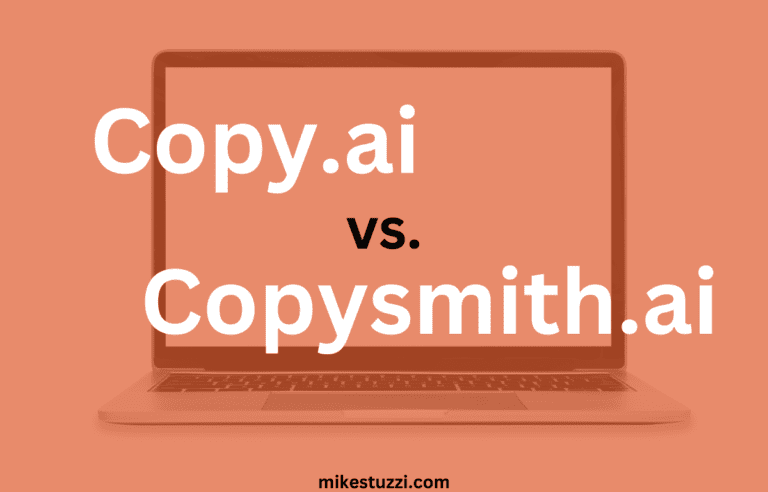Les chats d'IA de caractère sont-ils réels ? La vérité
Recently there has been a rapid increase in the popularity of artificial intelligence characters whose speech patterns, jokes, and empathy are similar to those of humans. These types of digital personalities are increasingly used in simple conversations like talking about the weather to complex ones such as discussing one’s feelings.
One good example of such a platform is Character AI. The realism of the AI characters provided by the tool has resulted in users feeling like they are chatting with real people.
But is that the truth? Are Character AI chats genuinely as “real” as they seem, or is there more to the story?
Don’t worry because this article will answer your question about whether or not Character AI features a real person in chats. You’ll discover how such an Chatbot IA works, the useful features it has, and its current limitations.
Lire aussi : Character AI Alternatives for NSFW
What Is Character AI?
Character AI refers to a platform where you can find a wide variety of AI-generated characters with different personalities and interests. It has over 20 million users and millions of chatbots made by them.
Developed by respectable AI researchers who have worked with big companies like Google, Character AI is primarily a language model trained to engage in unending dialogues while playing the roles of different characters. The platform essentially aims at generating AI-based personas that can genuinely depict certain personality types, backgrounds, and behaviors.
Instead of just regurgitating pre-scripted responses like older chatbots, Character AI models demonstrate contextual understanding and the ability to engage in truly open-ended exchanges. They can adapt to the flow of conversation, respond to highly specified prompts, and even express opinions.
Beyond the curiosity and fantasies of regular users using the AI tool, an array of possibilities open up for creators because of Character AI. This wonderful concept could change the whole view of creative disciplines like composing stories, developing electronic games as well as interacting virtually.
Writers, for instance, can use Character AI to collaborate with AI-driven characters, bouncing ideas off them, exploring narrative paths, and even co-authoring stories. Game developers can also utilize these intelligent agents to create more convincing personalities in non-player characters while allowing gamers to immerse themselves deeper into these worlds made real by machines.
Character AI: The Tech Behind It
The core technology of Character AI lies in a robust marriage between natural language processing (NLP) and machine learning (ML) that allows it to come up with very realistic fictional characters that respond to text in remarkably human-like ways.
The foundational technology powering Character AI is a large language model (LLM) – a kind of neural network trained on so much textual data that it can understand and generate language like a human does. Because of this vast training, the model becomes good at things such as answering questions, summarizing texts, or engaging in open-ended conversations.
Now, this wouldn’t be enough to instill it with the capacity of authentically roleplaying as distinct characters. And so, Character AI employs a multi-faceted training approach.
First off, the developers had to fine-tune the base language model on specific curated datasets that match the type of characters and worlds desired. This might include fan fiction, roleplaying forum posts, wikis, and canonical reference materials.
These contextual information-rich datasets let the model learn about various things a specific individual would do or say because they are that type of person.
However, text alone doesn’t suffice for training purposes. Hence, there’s also the use of few-shot learning and prompt engineering to further refine the model’s understanding and generative capacities. Through carefully crafted prompts that mirror real-life interactions, the AI can be taught to readjust its tone, personality, or answers as per the flow of conversation.
Another essential aspect here is contextual coherence and consistency throughout a conversation. Character AI uses memory mechanisms and hierarchical language modeling approaches to track what the conversation entails so far, remember important information relevant to answering questions, and generate responses that build upon the established context.
Character AI is also an iterative training process where developers continue to work on improving performance by employing techniques like reinforcement learning and human feedback. In that way, it becomes easier to identify areas that need improvement.
Are AI Characters Real?
NO.
The technology behind Character AI is simply nothing but fascinating. Although the AI characters aren’t real in an actual sense of independence or consciousness, they are still a significant leap forward in conversational AI.
Character AI’s effectiveness lies in the training methodologies applied by its developer. By adopting LLMs with curated datasets for different characters’ archetypes and fictional universes, a whole new level of realism emerges as a result.
Conclusion
So, keep in mind that AI characters on Character AI or any similar platform to it are not truly ‘’real’’ in terms of autonomy or self-awareness. Instead, they are highly developed language models trained to mimic human behaviors and interactions.
Additionally, the characters are simply a reflection of the data they were trained on. They don’t possess true emotions, consciousness, or learning capabilities that can be compared to human beings. Their responses may be convincing but still governed by statistical patterns in the training data they fed on.
The distinction between “real” and “artificial” is likely to become more and more blurred as AI research continues. It’s also vital to understand different limitations or abilities present within systems like Character AI while at the same time acknowledging them as significant steps forward when it comes to human-machine interactions.







